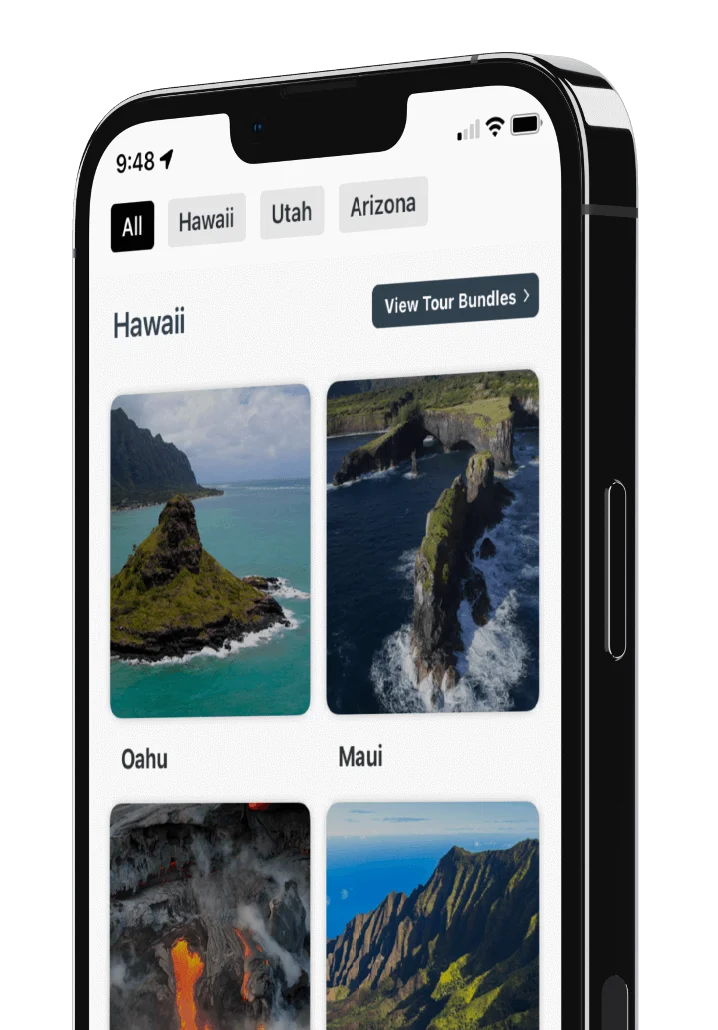
The Disaster of Orphan Mine

Listen here:
Now You may recall that when we first visited Maricopa Point, I promised to tell you more about this “radioactive” canyon. And I always keep my promises. So, let’s learn how this environmental catastrophe came to be. Our story begins with an enterprising man named Dan Hogan.
Hogan was among the canyon’s earliest prospectors, and one of the first hikers to backpack from the south rim, to the north rim, and back again. Kinda like that Baggins guy. In 1891, just beyond Maricopa Point, Hogan discovered a potential site for copper mining. He named it Orphan Mine in remembrance of his humble beginnings as an orphan.
Unfortunately, Orphan Mine never did produce much copper. But, being the resourceful man that he was, he opened the Grand Canyon Trading Post in 1936, outfitted with rooms to rent and a saloon.
Hogan found success in the tourism industry—well, at least for a while. But with the onset of World War II, business slowed to a trickle.
In 1946, he sold his mine and Trading Post to an investor named Madeleine Jacobs. And she, just like Hogan, focused on the tourism aspect of the property.
By this time, however, the U.S and the Soviet Union were in the midst of a nuclear arms race, brought on by the Cold War.
War, what is it good for? Absolutely nothing…Unless you own a uranium mine, that is.
Now, this may have meant lean times for the tourism industry, but for uranium, business was booming. Pun ~somewhat~ intended. And uranium, as it turns out, is something Jacobs had plenty of.
With improved mining techniques, uranium production in Orphan Mine was increased from 1,000 tons to over 9,000 tons a month. Over the next 16 years, Jacobs extracted an estimated $40 million in uranium. However, as the Cold War dissipated, so did the demand for uranium. The mine ceased operations in 1969.
Eighteen years later, the Park Service acquired the mine. And though all physical remains of uranium mining have been removed, low levels of radiation are still present in the area, over four decades later.
The area around Orphan Mine has been declared a federal Superfund site and is undergoing environmental remediation. Fences near Maricopa Point protect wandering visitors from contamination, and signs warn thirsty hikers not to drink the radiated waters of nearby Horn Creek. Don’t do it.
Aaand just like that, we have yet another great reason not to wander off-trail. Stay where you belong, folks.
While there are currently no plans to reopen Orphan Mine, the same can’t be said for all of the old mines. The story of uranium in the canyon, it seems, may be far from over. Hmmm.
Want to hear more stories like this?
Check out our Grand Canyon South Rim tour!




















